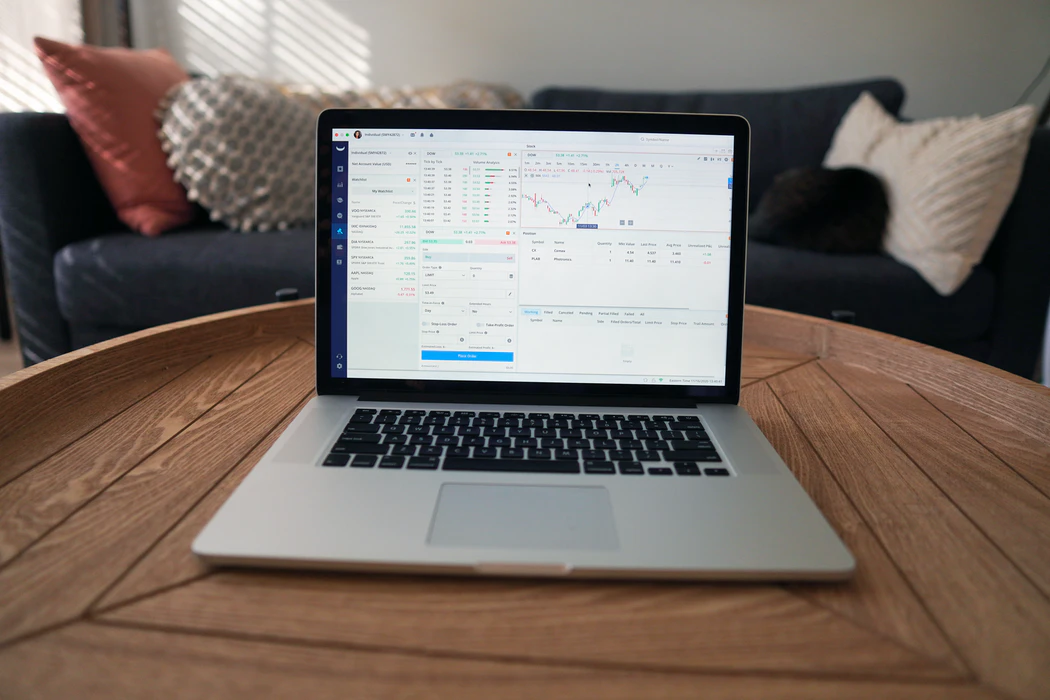Why everyone should start saving for retirement sooner

A few minutes every morning is all you need.
Stay up to date on the world's Headlines and Human Stories. It's fun, it's factual, it's fluff-free.
For many millennials, paying off college debt and making enough money to pay for life necessities like bills and insurance are the major financial goals we are focused on. We will research all day to find the best car insurance deals, but we don’t really consider our future and what steps we need to take to secure it.
Retirement may seem far away, but actually, it is not. A good number of us can recall our years in high school as if it recently happened. Time flies by and before you know it, you will be on the edge of retirement.
Though it seems impossible to do, you can save for retirement and maintain your bills and health without breaking the bank or throwing out your monthly budget. Most employers make saving for retirement easy in the form of different 401k plans, but there are other ways you can save, too.
The benefits of compound interest
It is never too early to start saving for retirement, simply because starting early will only help you in the long run. Investing early means your savings will have more time to grow. Growing your money is a huge facet of compound interest, which is a major benefit to saving for retirement sooner than later.
When you invest in a retirement plan, you have the advantage of compound earnings on tax deferral. With most retirement plans, you do not have to pay taxes on the money you have transferred into your retirement fund. So your account can grow quickly because the money that would have been taken out for taxes instead earns interest too.
Consider this example: you start saving U$3,000 a year in a tax-deferred retirement fund with a 7% return at the age of 25. Even if you save this amount until you reach 35 years of age and stop without taking any money out of your fund, your US$30,000 investment would grow to around US$338,000 by the time you turn 65.
Alternatively, if you wait until you are 35 to start saving the same amount of money with the same annual rate of interest until you reach 65, your US$90,000 investment would only grow to about US$303,000.
Saving a little over time is easy

Saving a larger amount of money in a short amount of time does not equate to spending a smaller amount of money for a longer period. Let’s say you contribute US$100 a month with a 1% monthly return for 40 years.
Your friend contributes US$1,000 a month at the same monthly rate as you for 10 years. By the time you reach 40 years, your account will be around US$1.17 million while your friend only has $230,000 saved after 10 years.
When you take longer to make a plan to start saving for retirement, you lose money because you are missing out on investment time. Putting aside US$50 to US$100 a month is possible by adjusting your budget by cutting down on unnecessary purchases. For example, skip out on fast food and opt for making your own lunch instead. Also, the return is greater than the temporary satisfaction you get from buying a new purse or an extra mimosa.
You do not have to abandon the fun of your youth by putting a couple of dollars aside a month. If you wait too long to start saving, you may have to work up to an older age. A smart way to spend your stimulus check or annual tax return is by investing it into your retirement fund.
Where you should start saving for retirement
As mentioned, starting to save for retirement as early as possible is best, but where you decide to start saving depends on your current circumstances.
If you work for an employer that offers a retirement account such as a 401(k) or 403(b), then this will be a great place to start your fund. These funds are tax-free either when you put money into it or pull money from it.
Tax-advantaged retirement accounts that are available to those who may not work in a traditional job are individual retirement accounts (IRAs). Aside from an employer plan or an IRA, there are regular investment accounts that do not offer any tax advantages.
Alternatively, some people choose to use a combination of the options listed above, investing in stocks, or using a high-yield savings account. Though the pandemic slowed businesses down, the stock market is recovering from COVID-19, so investing in stocks is still a viable option depending on your circumstances.
However, building a retirement plan that solely involves a regular savings account or the stock market may not be as secure as opting into an IRA or employment plan.
Accessing money at the time of retirement
It is best to have a thorough plan detailing how your retirement savings will be accessed at the time of retirement in case your health takes a turn for the worst. Your family members may have to step in and make adjustments to your plan or follow your plan through for you.
Though aging at home may be in your plan, it may not work for everyone if you have health issues. Assisted living facilities can cost thousands of dollars per month without considering the costs of transportation and medical treatment. Home care services tend to cost less than those facilities.
Even if you have insurance, it may not cover housing facilities, so the cost of the facility will mostly have to come out of pocket. At the very least, your retirement plan should include alternative routes in case your health is subpar. It should also have enough funds to cover the most expensive alternative.
Can I retire early?
Contributing to your retirement fund earlier in life rather than later can be better down the road, but it does not guarantee your ability to retire early. Retiring earlier is not impossible, but you will have to save a significant amount of money each year to do so.
Being said, this is why it may be wise to hire a financial advisor to help you create a realistic retirement plan. An advisor is especially important if you struggle with managing your money or understanding compound interest and any other facets associated with making money from your money. Here are some aspects to consider when drafting out your retirement:
- Your current age
- Anticipated age of retirement
- Your income sources (including potential future income)
- Your bills and expenses
- Where you plan to retire
- What you plan to do during retirement
- The amount of money you anticipate needing during retirement
- What you can afford to put aside for retirement
- Your family’s health history
It is essential to set realistic expectations and goals when mapping out your retirement plan. If your goals are not practical, then starting early may not even be beneficial.
This article was contributed by Imani Francies, who writes and researches for the auto insurance comparison site, AutoInsurance.org. Francies earned a bachelor of arts in film and media and specializes in various forms of media marketing.
Have a story to share? Get in touch at contributors@themilsource.com




Comments ()